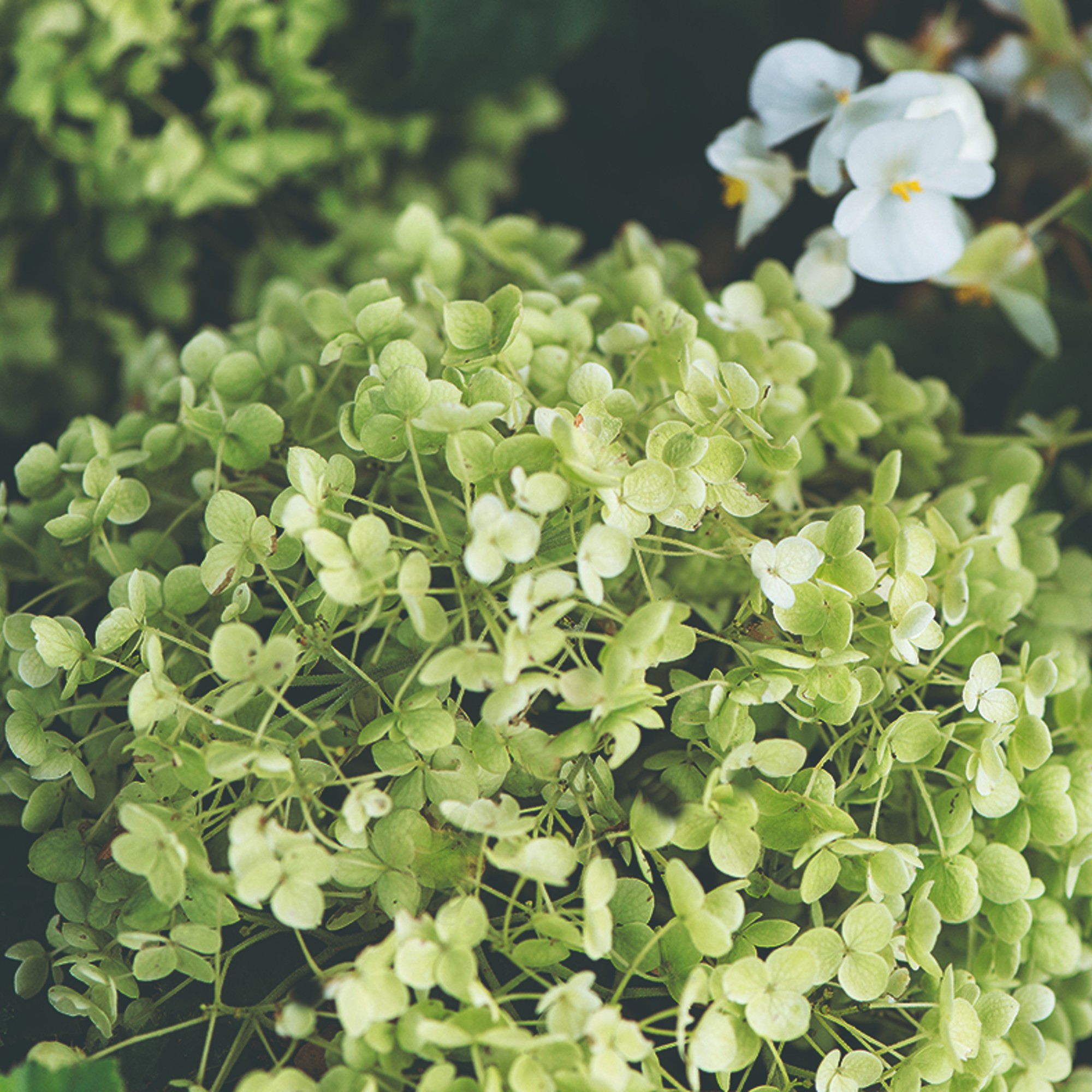
Working out when to prune hydrangeas isn't exactly straightforward – with so many species out there and different flowering habits, it's crucial that you pick the correct window for your plant.
Pruning at the right wrong time can prevent a hydrangea from flowering, so timing it right could be the difference between growing hydrangeas successfully and spoiling the next round of blooms. Pruning isn't the be-all and end-all for every type, though.
'Overall, the less you do to hydrangeas, the happier they are which makes them a good low maintenance garden plant,' explains Matthew Johnson, senior gardener at Borde Hill. 'The majority of hydrangeas do, however, grow to be quite large.'
That's where pruning comes in – and cutting back some types can lead to healthier, more vigorous growth next season. If you're wondering when to prune hydrangeas, we've broken it down into every type you'll find in the garden.

When to prune hydrangeas
Hydrangeas have a long flowering period, and while their prime flowering time is summer, depending on the type of hydrangea you have, they can blossom anytime between late spring and early autumn.
Luckily, many types are low-maintenance and require very little attention.
'Many hydrangeas only need to be deadheaded and very lightly pruned to take out thin, dead, diseased, or damaged branches,' explains Monique Gudgeon, garden director at Sculpture by the Lakes.
'I prefer to leave the faded flower heads until the new year as they do look good in the garden, especially with frost on them. The general rule is to cut back to a pair of healthy buds just below the flower head.'
Some species, like Hydrangea paniculata and Hydrangea arborescens, do benefit from pruning, though. So, if you're wondering when to prune hydrangeas, here's when you should be adding the task to your gardening calendar.
What you'll need
A sturdy pair of secateurs.
1. Hydrangea macrophylla
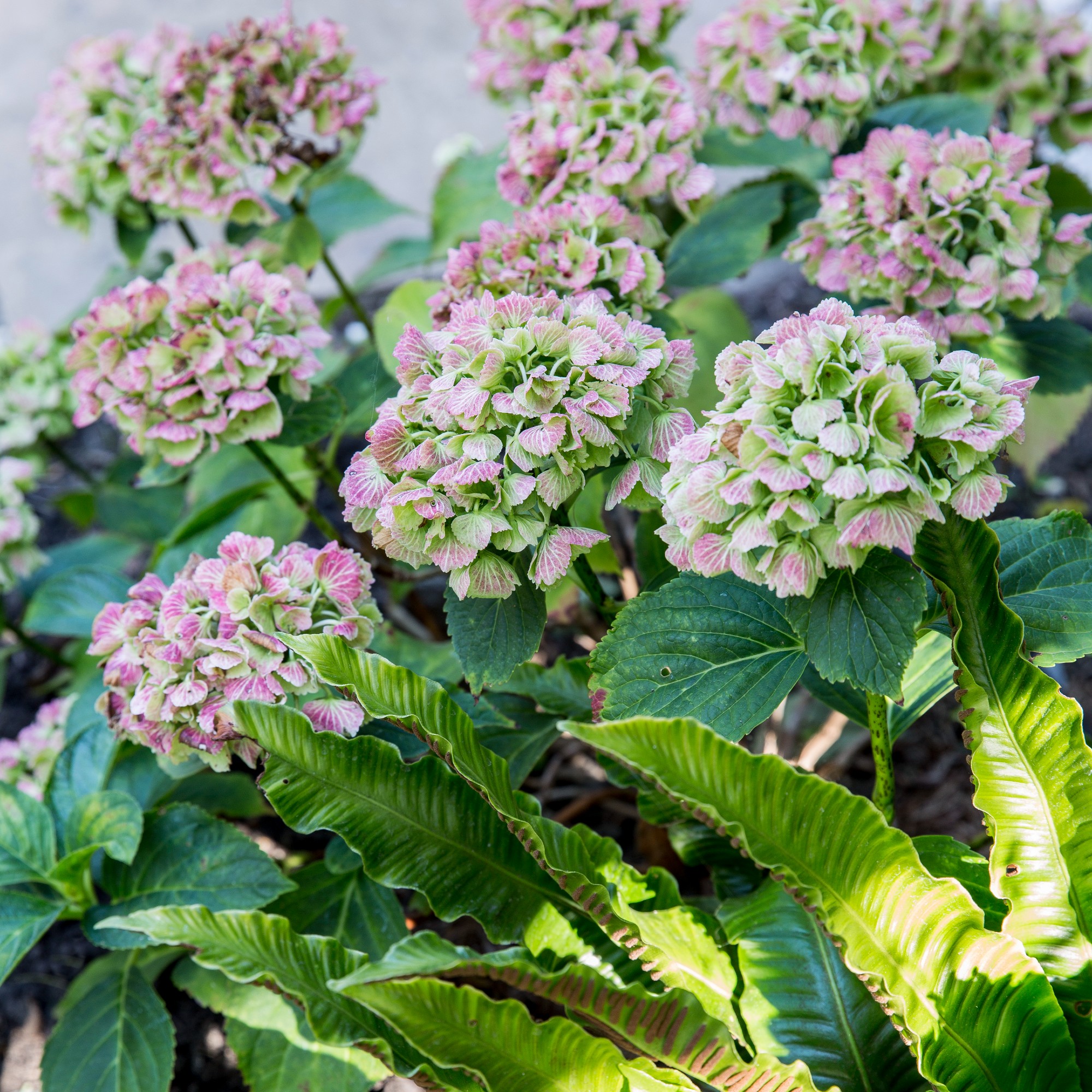
If your hydrangea produces large, flat flowerheads between mid- to late summer, it's likely you have a Hydrangea macrophylla. These shrubs are typically on the larger side with rough, dark green leaves.
If you're wondering when to prune hydrangeas of this species, you'll need to wait until the colder months.
'You should prune these plants in late winter, leaving old flower heads through the winter for interest,' says Matthew. 'When pruning remove dead stems and old flower heads.'
Don't overdo it, though. 'Do not cut them back hard or they will not flower,' Matthew warns.
2. Hydrangea paniculata
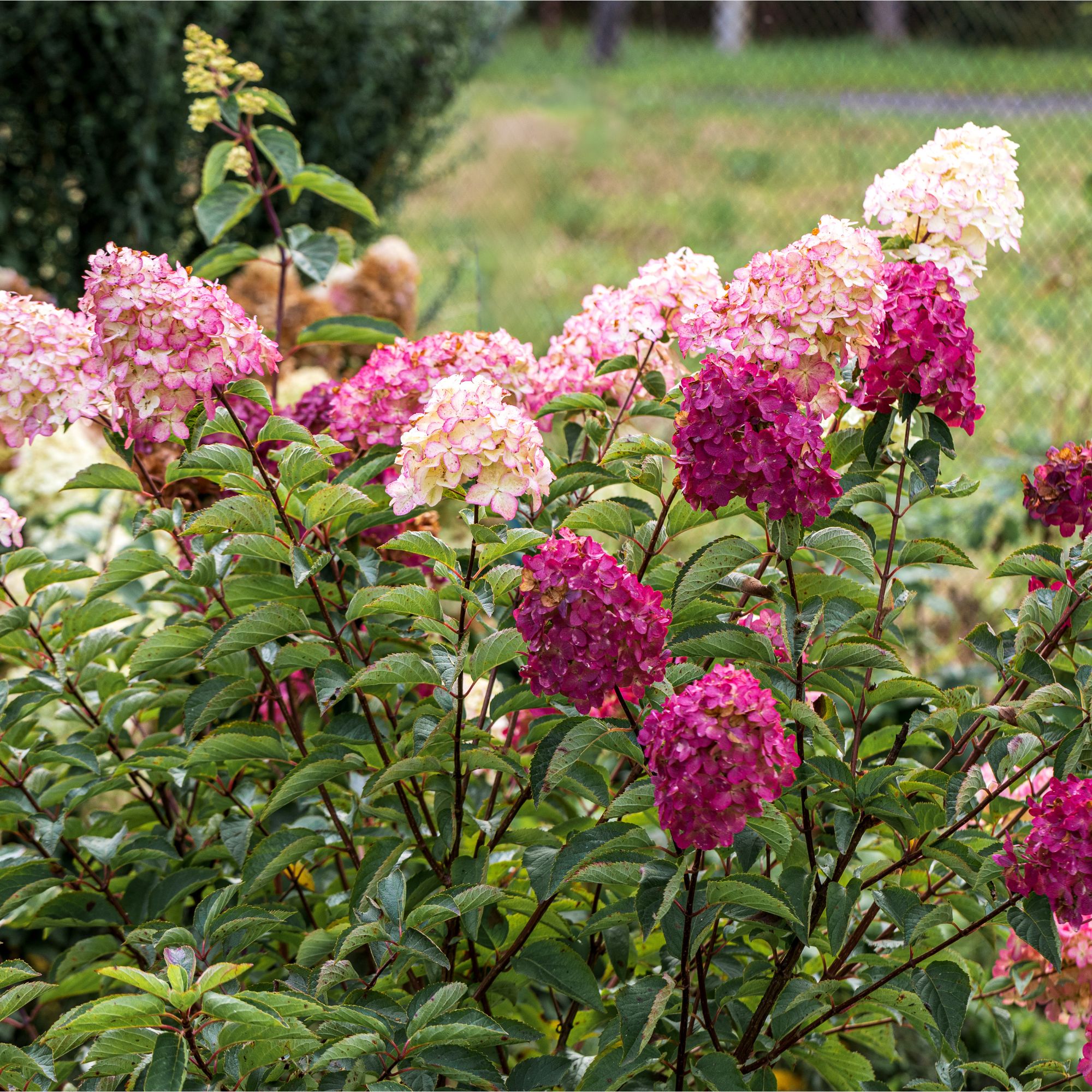
Hydrangea paniculata, also known as panicled hydrangeas plants, produce pointier, pyramid-shaped flowerheads. They're woodier, deciduous plants which lose their leaves in autumn and winter.
Matthew says you should prune this type of hydrangea in late winter, like Hydrangea macrophylla, but you can cut the plant back in early spring, too. Prune back to a healthy framework, making each cut just above a pair of healthy buds.
3. Hydrangea arborescens

Another one for your list of plants you should cut back in winter! Hydrangea arborescens are smaller than their Hydrangea macrophylla counterparts, and the main variety is Hydrangea arborescens 'Annabelle', loved for its profusion of delicate white flowers.
'These should be pruned in late winter,' says Matthew. 'You should remove dead and largely unproductive stems that have been pruned multiple times and are splitting off to the ground as this will encourage new growth and larger blooms. You should prune more productive stems to a strong bud.'
''Annabelle' will flower on new growth so can be pruned harder than most hydrangeas to keep them in a more compact form.'
4. Climbing hydrangeas
Climbing hydrangeas (Hydrangea petiolaris) can be pruned to control their shape and size. You should cut back long stems after the plant has finished flowering, focusing on older growth near the base of the plant.
'They can get quite large and will tolerate being cut back over a number of years to control them,' says Matthew.
Try to prune as lightly as you can, though. 'Hard pruning can stunt their growth and will cause them not to flower for a number of years,' Matthew warns.
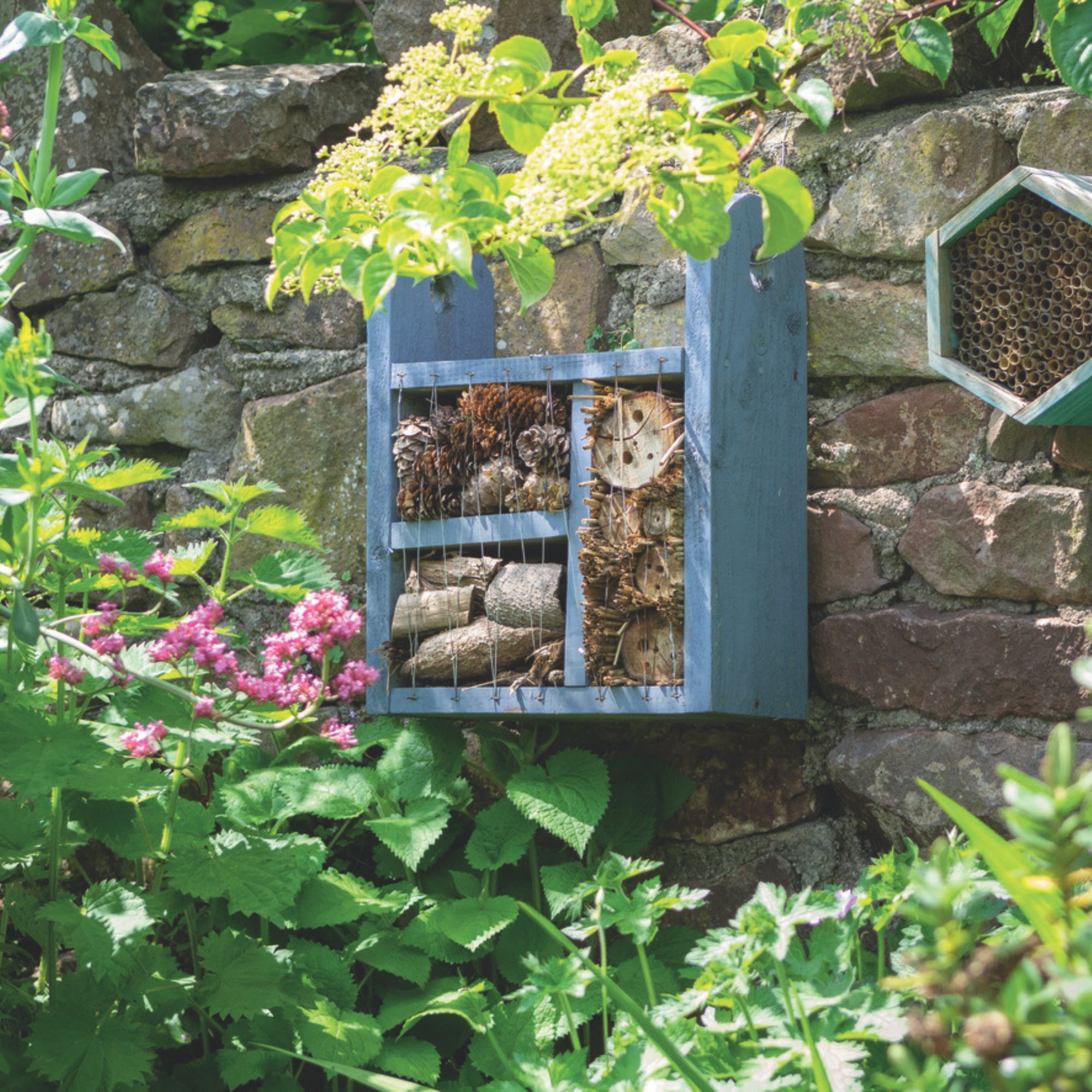
So, if you're wondering when to prune hydrangeas, those are the four main types you'll need to think about. As for the other species, pruning isn't quite as necessary...
5. Other hydrangea species
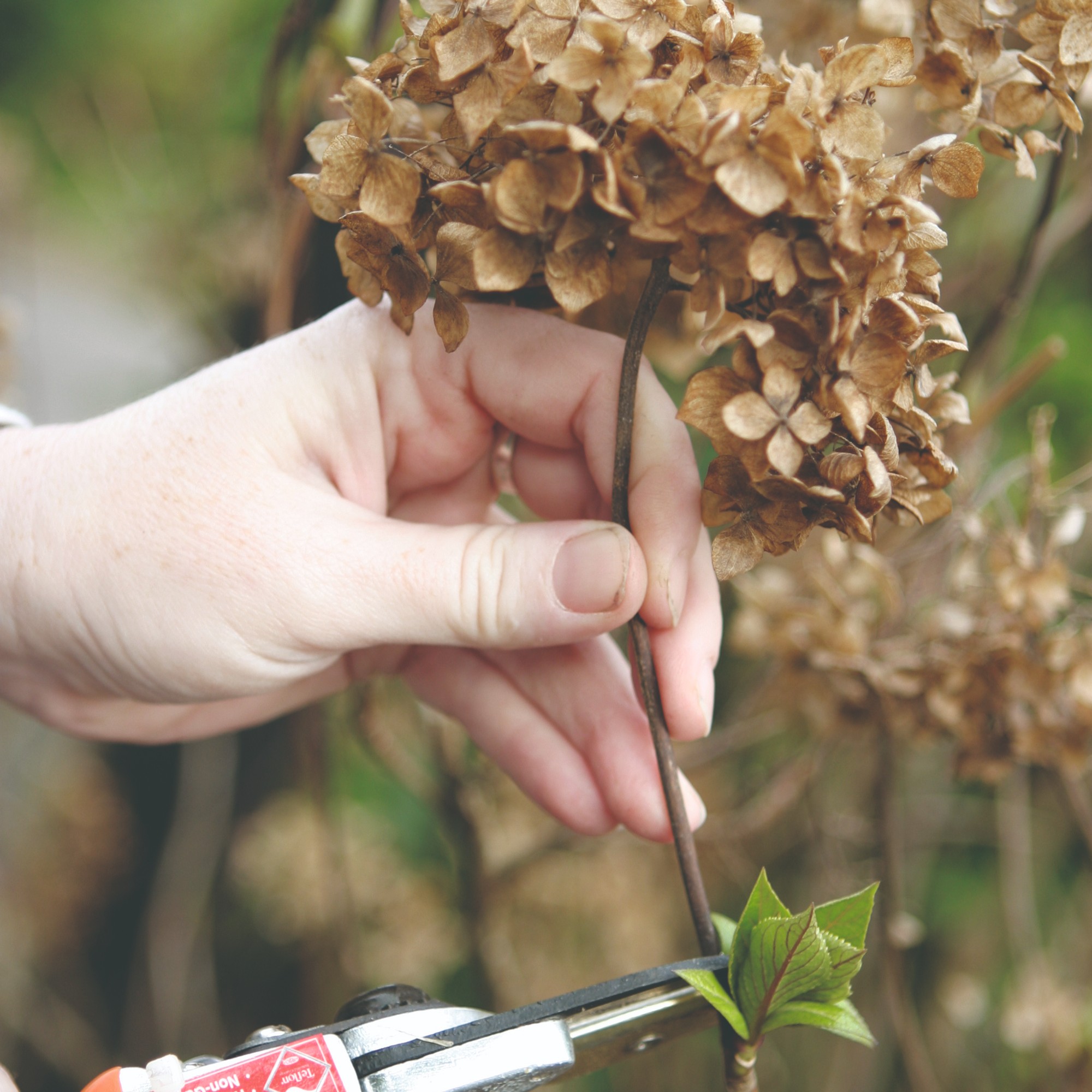
Hydrangea quercifolia, commonly known as oakleaf hydrangeas, don't require pruning unless absolutely necessary, so you can add them to your list of plants you should never prune in December, for a start. The leaves look like, well, oak leaves, and the flowerheads are cone-shaped.
'These should only be pruned if needed and we recommend lightly deadheading in later winter,' says Matthew.
Then, there's Hydrangea serrata, a compact deciduous shrub. 'You should deadhead Hydrangea serrata in late winter, and the best way to approach this plant is to let it continue to grow and simply deadhead lightly and prune out dead stems,' Matthew explains.
Hydrangea sargentiana and Hydrangea aspera need the least amount of pruning – deadheading in late winter and early spring after the last frosts have cleared should do the trick.
'You can also get away with not pruning them at all and they will love you for it,' says Matthew.
FAQs
Do hydrangeas need to be cut back for winter?
It all depends on the type of hydrangea you have.
‘To give the shrubs more protection from frost over winter, it is best to leave the flowerheads and cut them off in early spring the following year,’ recommends Charlotte McGrattan, hardy nursery stock buyer at Hillier Nurseries.
But if you really want to get rid of them before that, she adds, ‘Once mophead hydrangeas and lacecaps have finished flowering in autumn, the dead flowerhead can be removed.’
Knowing when to prune hydrangeas largely depends on the species you have. Once you've got that sorted, you can work out the perfect window for pruning (if your plant needs it!).







